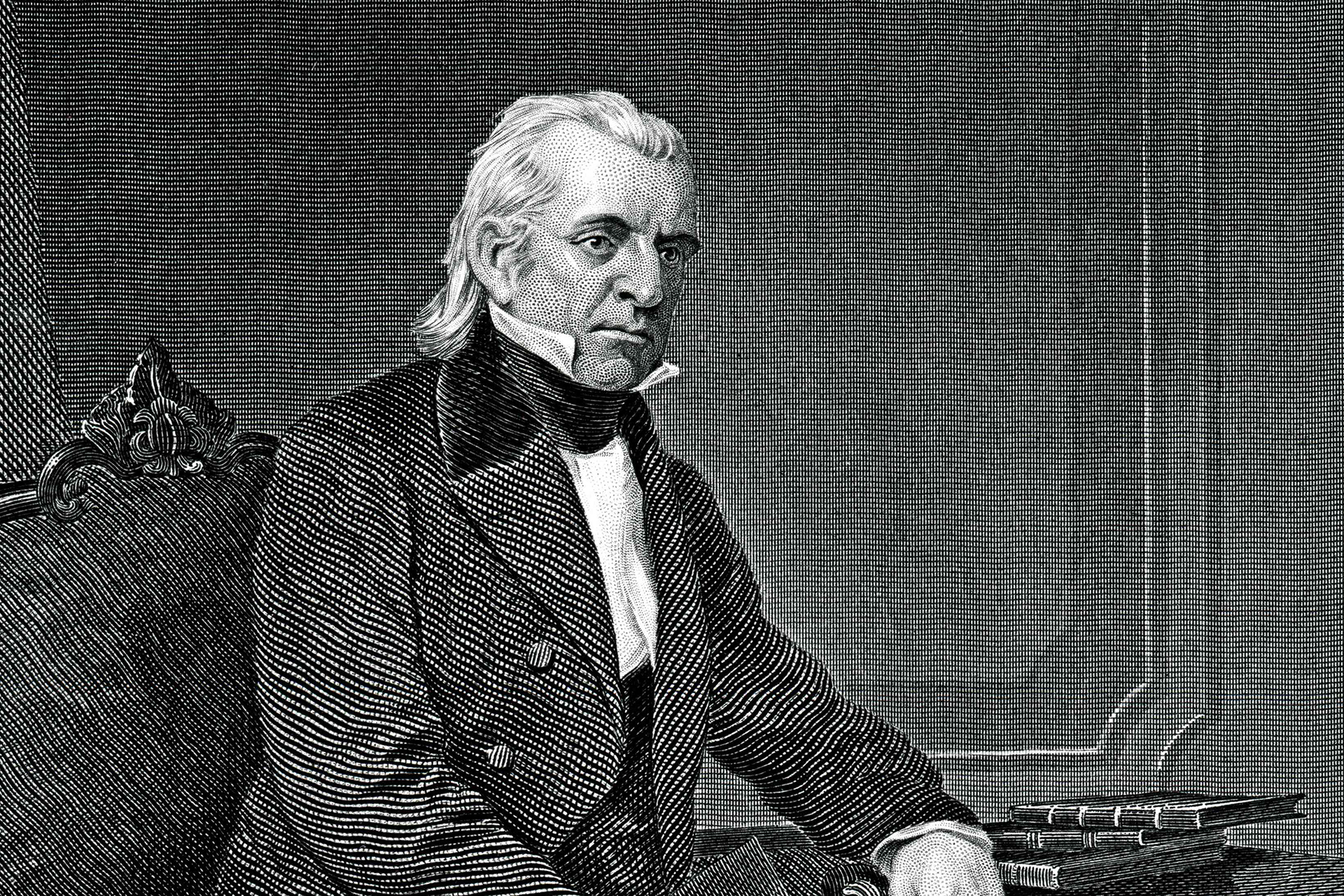
Texas Annexation
On December 29, 2020, Texas will celebrate 175 years since annexation, the first step toward early statehood. U.S. President James K. Polk signed the annexation legislation on December 29, 1845, making the Republic of Texas the 28th state in the Union. Texas formally relinquished its sovereignty to the United States on February 19, 1846. The United States flag was the fifth of six flags to fly over Texas.
As early as 1836, after Texas won its freedom from Mexico, Texas voters had chosen overwhelmingly to support annexation by the U.S. Many Texans expected annexation to follow within months of this vote. However, there were several ongoing issues that delayed annexation by almost a decade.
First, Texas annexation would tip the balance of free and slave states; there had been little question that if Texas joined the U.S., it would join as a slave state. Abolitionists in the U.S. worried that adding another slave-holding state would upset the political balance of power in Congress and in the country.
Second, the British were opposed to Texas annexation and in 1843 even contemplated the use of force to prevent it. They wanted to halt the westward expansion of the United States, to reap commercial advantages from Texas trade, and to weaken the American tariff system and the institution of slavery.
Third, annexation was opposed by Mexico. The border dispute between the Republic of Texas and Mexico still had not been resolved. Mexico claimed that the Nueces River marked the border between Texas and Mexico, while the Republic of Texas maintained that the Rio Grande was its southern border. Although temporarily disgraced after the Texas Revolution, Santa Anna staged a political resurrection and served as the Mexican president/dictator eleven different times. Santa Anna had proclaimed that if Texas were annexed to the U.S., Mexico would declare war on the U.S.
The outcome of Texas annexation was dramatic. Mexico did indeed declare war on the U.S., a war that became known as the Mexican-American War of 1846-1848. Because the United States won, Mexico had to give up its claim to Texas, and the Rio Grande became the official boundary between Texas and Mexico. As another result of the U.S. victory, the U.S. saw its greatest territorial expansion in the nation’s history. Mexico had to cede the territories known as the Mexican Cession to the U.S., meaning that the area now comprising New Mexico, Utah, Nevada, Arizona, California and western Colorado was ceded to the U.S. in 1848.
The formal transfer of authority from the republic to the state did not occur immediately after Polk signed the document but in a ceremony held almost two months later, on February 19, 1846. The last President of the Republic of Texas, Dr. Anson Jones, known as the Architect of Annexation, handed over the reins of government to the new state’s first Governor, James Pinckney Henderson, having declared, “The final act in this great drama is now performed; the Republic of Texas is no more.”
Texas was governed by a new state constitution modeled after the Constitution of the United States and remained a U.S. state for 15 years, until it seceded on March 2, 1861, to become the seventh state to join the Confederate States of America (the sixth and final flag to fly over Texas). On March 30, 1870, the United States Congress readmitted Texas to the Union.
